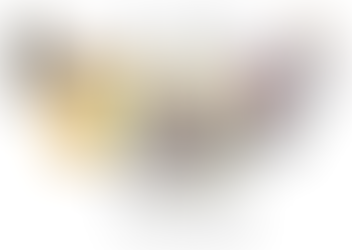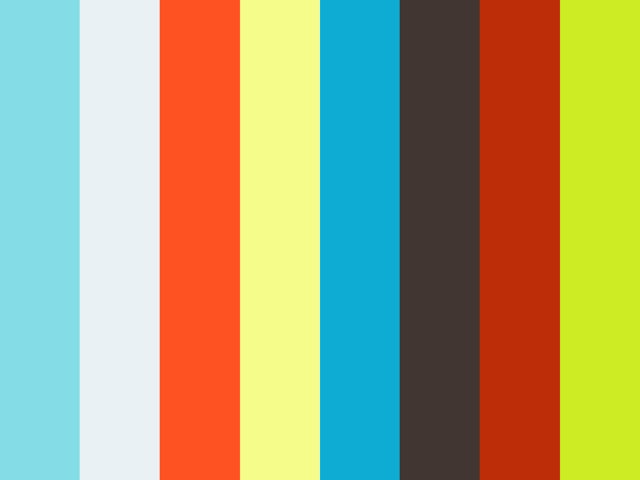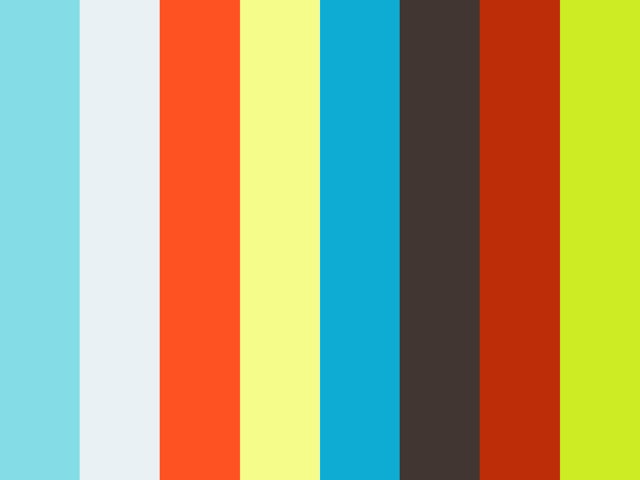Week 1: Contextualising the term 1 program
- jodie hirst
- Oct 5, 2015
- 7 min read
Week 1: Contextualising the term 1 program...
In our first Monday lecture with Spencer he talked about what the subjects for each lecture would be throughout term 1, at every heading he explained in more detail what he was going to cover and explain in a short summary. after listening to him this is how i interpreted what we were going to learn after each lecture...
Spencer first touched on the big debate about art and design courses in universities and how when university started to embrace them it sparked internal bickering between institutions.
Week 2: inter-disciplinarily, trans- disciplinarily, multiplicity and pluralism these are core concepts in terms of the whole debate
This weeks heading summed up what we were doing in week 2 in a self explanatory way however the words we were gong to be learning the meaning of were ones i had not come across before now, spencer's overall definitions and meanings of the words helped me see what the next lecture will be about. it also gave me an indication into what these set of lectures are really based on and i think it could be a really interesting factor to address.
we think of art and design as Expanded practices in the contemporary world. what you specialise in spills out of our discipline and touches on others for example you may be a graphic designer but do some photography for your work or move into the field of animation for a certain project. trying other disciplines helps us engage with other practices and methods. s all interconnected.
There is now more fragmentation and cross over because in the context of art and design were always looking for a new spin and idea. in 1900's it was popular to see artists as sure in one practice but now we are merged into different fields other than our own.
Inter-disciplinarily
this is when a group of people come together to do a project, no one of them can do the project alone therefore they are all forced to do it together as they need one another's expertise in different fields.
Trans- disciplinary
this is when an artist works outside of their comfort zone. If you want to produce new work that’s different and innovative, do something your uncomfortable with, even if it's outside of your own discipline. It will stretch the boundaries of what your discipline is defined by.
Pluralism
In any subject and in every culture there are many voices. They are accepting of the fact that there are sub groups of people are not one big group of people who are all the same.
Multiplicity
This is a more extreme version of pluralism, it makes the claim that anything that looks like it has an identity and strong boundaries when broken into detail, breaks up into voices/noise. Order is created through the coming together of disciplines.
Week 3: context and history of are and design education
in this lecture we are going to Look at how art and design found the way into university environment. At the beginning art and design practices never used to be accepted as an academic subject it wasn't taught at university level.
instead it took place outside of universities in 'artistic guilds', these were establishments that run like apprenterships schemes do now, if you showed a talent in something particular you would join a guild (Club) and the professional would as it were' give their skills to you and teach you what you need to know, this was known as secret knowledge. the important thing about learning at these guilds was learning how to use and work with the materials through the use of guided work.
you could look at software skills as the next in kin to this. knowing a software package inside out had the same learning process, learning by doing.
In early 90’s a set of educational reforms went through merging institutions, art and technological departments fused to make one big institution or they joined with a university.
It starts to fracture the uni set up and turn it into something different , uni encounters something new, however it doesn’t sit easy with the traditional established way of doing things.
when art and design got introduced to the university syllabus, they didn't take into account the differences between art and design and instead piled them together as one subject matter, this i multiplicity thinking that they have the same identity but broken up they have different voices altogether. The experience of art education is different you get a mixture of everything.
The coming together of the verbal and textual ways of working creates new methods and creations.
It wasn’t a bad way of working although it generates friction, but it does make for a change.
Week 3: types of knowing, can are and design be taught
week 3 has an interesting heading and this was one that interested me the most. the debate about wether art and design can be taught still goes on to this day and i believe that people have a natural creative talent, i think art can be taught but only to a certain degree, to create great work you have t have a creative mind an a good eye for design.
this lecture is going to look at the arguments for and against this possibility. its going to show us that if art and design is based on manipulation, its a very self driven subjective discipline., again building on the 'problem' of merging art and design.
on the other side, if tradition is about knowing stuff and thinking about how it works then art and design is jus another type of knowing using experimentation and creating artefacts
this makes for the case that art and design isn’t straight forward so why are they trying to make it easy by grouping them.
James Alkin
Week 10: the ‘problem’ of research in art and designs
This lecture touches on the problems within PHD level art courses and the difficulties people faced to get this type of thing circulating in universities. the Problem is in speech marks suggesting that some people believed it was a problem and some people believed it wasn't and should stay that way.
So what is it that people were for and against?...
the introduction of art courses at PHD level only came about 10 years ago and this was because a debate that lasted around 10 years itself was going on in order to get this idea approved. initially the art people of the academic world wanted to introduce the art course at PHD level and this was accepted until they found that these people wanted the grade to be assessed based on an exhibition of work, rather than a body of submitted written text. this was seen by academics as absurd, simply because they didn't think this was a sufficient way of grading, they didn't understand the artist way of working and didn't think art pieces were worth that kind of level of education.
after this the net section of the debate was how much text combined with the art pieces would be a sufficient amount to be approved as the same level of education as say a more academically seen subject like maths. the creatives argued back that the work speaks for itself and the meanings behind it.
spencer commented on the debate saying that although this is a long way around the matter of a big debate that is still around today, he thinks it goes away in the end anyway.
my opinion is that initially it might of been seen as an easy way out and an easy PHD to earn but on an art corse myself i've had number of people say ' thats not a real corse' however its been proven that creative courses are harder and have more work due to ongoing projects etc...
Week 11: workshop week- spencer away
Week 12: the art orientated critique of the application of epistemological research methods to art-orientated contexts (second wave of PHD)
this lecture again touches on PHD level problems of the debate. the academics had a massive attack on how we can see exhibitions as a research piece worthy of a PHD, for the first 7 years of the debate they were winning, they got more and more people to believe them, writing was then a main part of the art PHD. it was only in the last 5 years that there was a big upsurge, theorists from the art world wrote in and found their voice to protest. at first the creatives couldn't get a foot in everything they suggested was shot down with the same answer of ' it doesn't make any sense' or ' thats not research'.
It took time to start some trans-disciplinarily behaviour but the stretch of the idea of 'what research is' Started making a case for ontological research (about manipulating the world)
Week 13: text and materiality:
This lecture is abut the Idea that writing text is about the manipulation of materials and ideas. So much of writing anything interesting comes from trying to do it over again, Giving new empathies to a paragraph.
If you think about it as something someone is doing and not manipulation you start to get something that is much closer to the things we typically do in studio, thinking about art and acting as compositions.
Week 14: actor network theory and mode two research
This introduces people who are interested in the way a university fragments
shown by a theory called mode 2 research- collaboration and working as loose groups
body of theory interested in trans-disciplinary way of thinking
Theory by Bruno Mator
Week 15: The Discourse of objects in art, design, curashorship ad research
focusing on a processed based picture to learn to not to loose sight of the fact we produce objects all the time. And what those artefacts can do to a viewer.
week 16: Summary- Understanding the affective turn in educational and research contexts
In this lecture we will summarise what has being learnt and taught throughout the lecture program. about how the big debate n art institutions and how they were effected.
How objects can influence people and make something for someone , can influence emotions and behaviour.





















コメント